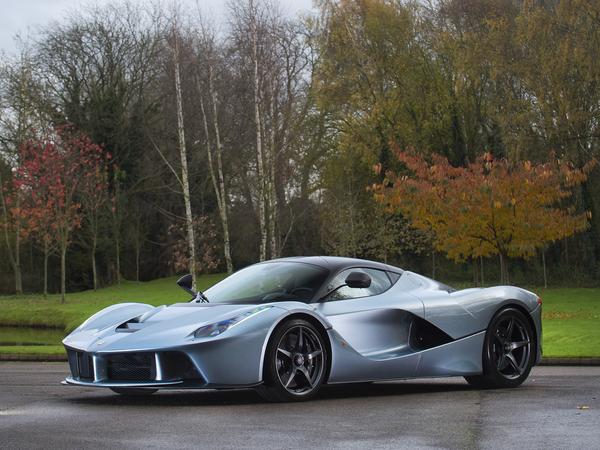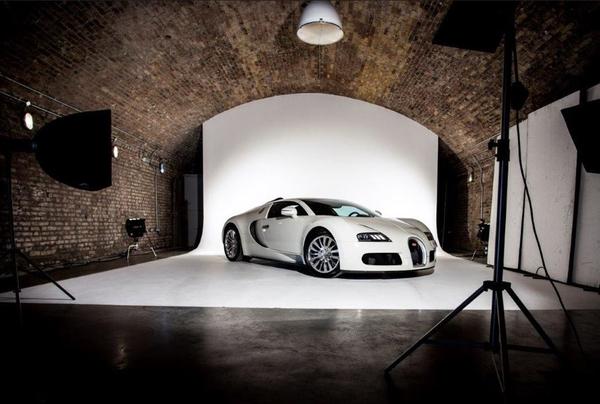Are hypercars pointless? Rory Reid delves into the world of extreme performance cars and asks whether they’re as good as they seem.
Rory takes a long look at hypercars, the high-spec behemoths of performance and design, and questions what use they are to anybody in our new YouTube video. Does he have a point? Let us know in the comments.
What are hypercars?
Hypercars are the ultra-elite of automotive. Built with cutting-edge technology and materials, and distinguished by their design, performance and rarity; hypercars are the most high-performance vehicles available in the world today.
What makes a hypercar?
It’s a pretty exclusive club and the bar for entry is high. Hypercars are often defined by their exceptional performance and design features – they need to innovate and offer the best there is (often beyond any real practical use).
Hypercars can reach top speeds of 300 mph, and accelerate from 0-60 mph in less than three seconds. Powered by high-performance engines, they often use hybrid or electric powertrains alongside aerodynamic designs to increase efficiency and get the most out of this power.
Those aerodynamic designs are always head-turners, with dramatic – almost outlandish – bodies. With the price of a hypercar running into the millions, owning one is a status symbol, and many owners take great pride in their vehicles and the engineering that goes into them. And let’s be real, if you’re spending that much, why wouldn’t you want it to be noticed?
Hypercars often have limited releases, with around one per cent of cars in existence classed as hypercars – making them highly sought after by collectors and enthusiasts. Lotus, for example, have announced that their electric Lotus Evija hypercar will be limited to 130 units worldwide.

What’s the difference between a hypercar and a sportscar?
The general answer is that hypercars are that little bit… more.
They’re faster, they’re sleeker, they’re more obscene. Hypercars exist to push the boundaries of what’s possible.
Looking at a couple of specifics though, hypercars tend to pack more performance technology in. They feature in-built performance data recorders and other tools that give you a range of insights.
Hypercars also boast next-level build quality. They need to maintain top speeds and keep the driver safe, all while retaining that sleek and elegant driving experience.
Given the level that goes into making them, and the standards held to keep all road users safe, hypercars are also more expensive to own and run than sports cars – from buying, to filling with fuel and getting serviced.
Which is the best hypercar?
One of the most iconic hypercars is the Bugatti Veyron, which held the title of the world’s fastest production car for years with a top speed of 253 mph and acceleration from 0 to 60 mph in just 2.4 seconds.
Another well-known hypercar is the McLaren P1 – a hybrid hypercar with a twin-turbocharged V8 engine and electric motor that produces a whopping 903 horsepower and 664 lb-ft of torque. Capable of 217 mph top speed and 0 to 60 mph in just 2.7 seconds, it’s one of the three most powerful cars in the world to date – with the other two being the Ferrari LaFerrari, and the Porsche 918 Spyder.
The fastest production car in the world in terms of projected figures (before an official run has been made) is the Koenigsegg Jesko Absolut, with a calculated top speed target of over 310mph.

Are hypercars pointless?
Rory certainly states his case in his video, but are hypercars really a waste of time?
In the past, their production has served as a test bed for new technologies and design features. The research and development that goes into pushing boundaries has led to advancements in safety, performance and sustainability.
The materials used in hypercars can be used elsewhere in time – for example using lightweight carbon fibre to improve the fuel efficiency of mainstream vehicles.
But looking at the hypercars themselves, there are a lot of questions. Where would you even drive one? How are you going to fit that down a standard street?
When you can’t get the full horsepower unless you’re hitting full speed, there’s a lack of usable power that rules hypercars out for the vast majority of drivers.
But sometimes it’s not about practicality. Sometimes cars can just be cool.











